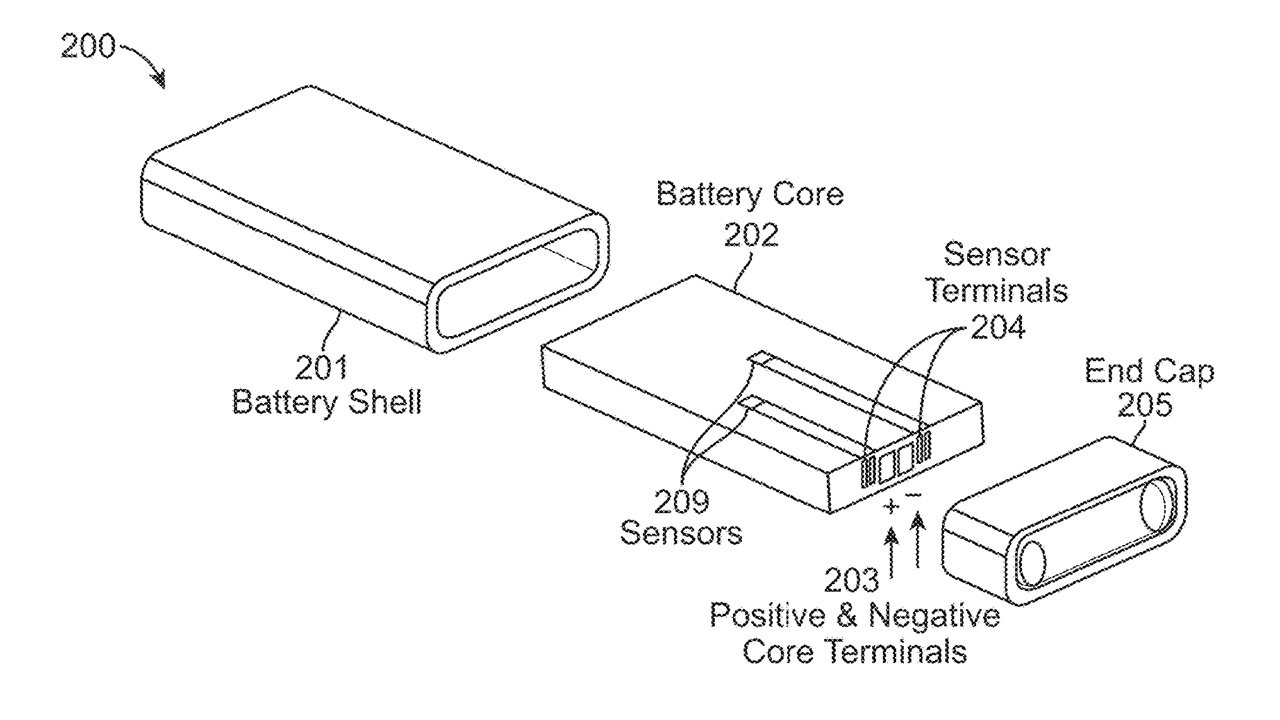Apple's removable battery standard could change device charging forever
Apple's engineers are researching how to best make a series of standardized enclosures that would allow users to routinely swap batteries between higher-powered devices like an iMac, and lower powered ones like keyboards or other peripherals.

Multiple devices would use a standardized case to provide interchangeability between different brands.
If implemented, the technology could lead to a universal standard for battery interchangeability and could reduce or eliminate the need to plug every wireless device in to charge it.
The last Apple device with a "user replaceable" battery was the 2009 MacBook, making it 15 years since users could casually swap out batteries on an Apple mobile computing device to keep it going. Apple isn't alone in using built-in, non-replaceable batteries.
Still, the number of laptops and mobile devices in its lineup means dozens of products rely on regular charging to keep functioning.
The traditional batteries consumers use are standardized and have common names like AA, C, D, and similar. However, consumers should not be expected to know or understand the standard for removable batteries.
The patent application titled "Battery charging system and mobile and accessory devices," demonstrates a potential solution for the needs of power-hungry devices. In the patent, Apple describes standardized sizes of battery "shells" that contain battery cores and the sensors needed for different devices from various manufacturers to detect and use the batteries.
In practice, this may be the internal battery standard version of a protocol like USB-C, where consumers can pick up any battery using this technology and use it to power their device. With a standardized outer casing and connectors, users could swap batteries between devices and easily power them by connecting them to a compatible charger.
In the illustration, interchange batteries are shown being charged in an iMac and installed in cell phones, keyboards, and wireless mice. The letters "C" and "D" don't seem associated with existing standard battery shapes or sizes, and more indicate that different battery sizes could be standardized for different use cases.
Smaller batteries are used for phones, and larger ones are used for keyboards, the iMac, and more.
The removable battery use case
In this illustration, the battery core comprises a typical rechargeable battery pack. The shell and end cap surround it and provide standardized connections for universal charging.

A battery case and end cap would enable various battery packs ot be used.
The patent also describes a system for wireless communication between batteries and a charging station or host computer. It would allow for wireless charging while monitoring and displaying battery power, similar to how the AirPods battery shows up in the Control Center.
Sifting through the patent-law jargon, it appears the universal battery standard would not only power devices but also provide a Mac or other "host" with the information needed to check the status of the batteries. This would likely look similar to how an iPhone can show the battery levels of AirPods or AirTag, but across any device using this battery system.
With standardized batteries and chargers, Apple may eliminate USB cables for powering mobile devices. If you can swap out a battery, why connect it to the USB-C port to juice it up?
As always, this patent application points to possible technologies, not solutions, in development. However, Apple's exploration of interchangeable battery standards may indicate that it is looking to change how devices are powered and possibly dominate a rechargeable battery standard.
This patent continues previous patents credited to Harold Aaron Ludtke. Ludtke is also credited on versions of this patent application that have been filed since 2009, when Apple finally ditched removable battery products from its lineup.
Read on AppleInsider

Comments
Have faith. While evidence has revealed Apple's unwillingness to jeopardize their cash cow model, change is inevitable. Carefully.
And absolutely, people love the idea more than actually use it. In the end, it is just more convenient to leave the keyboard and mice plugged in. For iPhones, MagSafe is just as good or they leave it plugged in at the desk.
Microsoft has a new solid state lithium-sodium battery that drastically reduces need for lithium.
Combine patent in this article with the lithium-sodium battery, and they can corner the battery market.
Bye-bye Duracell, Rayovac, Panasonic, LG, Tesla, Johnson Controls...
Anyone who can remember pre-iPhone cell phones will remember that users would generally have a few batteries to swap out for each phone, and usually chargers for the batteries, rather than for the phones. Those batteries have mostly ended up in the back of desk drawers and kitchen junk drawers or the landfill.
People were scandalized when the iPhone was introduced with a sealed-in battery that wasn't user-serviceable. What that change really means, however, is that most phone batteries probably are now recycled, either when a user takes a phone to the Apple Store for a battery replacement, or when they trade in a phone entirely. It also greatly reduces the number of batteries produced per device.
Hopefully this is just one of the many notions that Apple patents but doesn't implement.